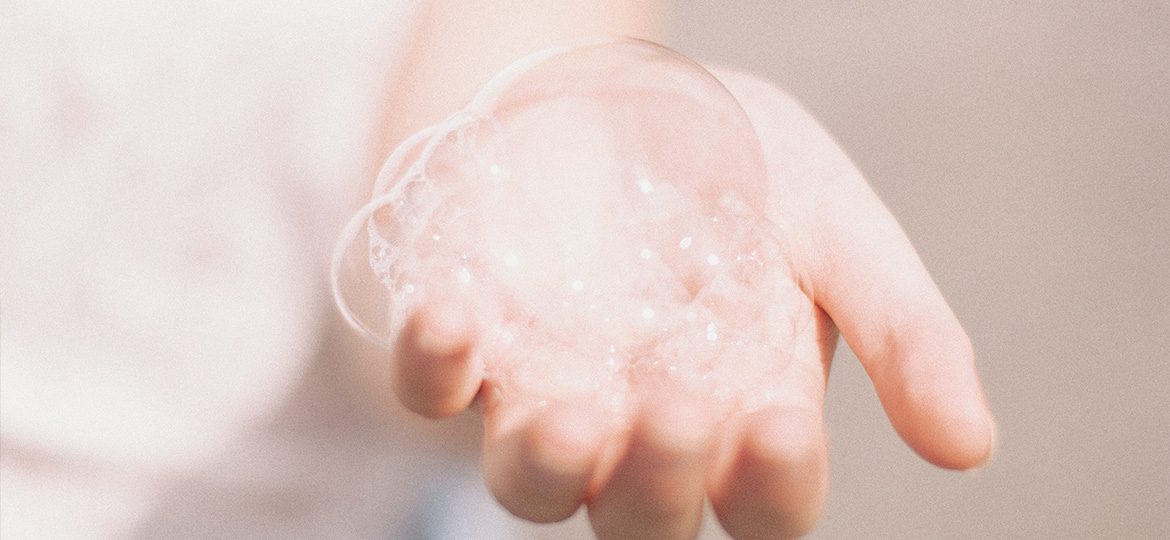[vc_row][vc_column][vc_column_text]
Note: Each month, The Rosy Blog highlights a different theme in our weekly posts. In May, our theme is standing out from the competition through smart differentiation. We’ll be sharing examples of brands that have gotten it right.
The only thing that has traditionally mattered when it comes to soaps is that they work. While there have been “green” cleaning products on the market for years, the average consumer was just not convinced that they worked all that well. So, when Method launched in 2001 the founders had two big jobs to tackle:
Convince consumers that their non-toxic cleaners would work as well as the traditional category leaders.
Stand out on a super crowded retail shelf in order to drive trial.
It was part of their strategy from the start to differentiate on the shelf through the look and feel of their packaging. They invested early on in packaging design and created softer organic shapes holding jewel-tone soaps resulting in bottles stylish enough to sit on the countertop (rather than tucked under the sink.)
[/vc_column_text][vc_single_image image=”28148″ img_size=”620×308″ alignment=”center” css_animation=”fadeIn”][/vc_column][/vc_row][vc_row][vc_column][vc_column_text]
Launched in 90 Targets, Method was an instant hit. Consumers were drawn to the thoughtfully designed packaging, unique scents, and non-toxic cleaning performance. The company has grown steadily over the past 17 years and will reportedly be acquired by SC Johnson sometime this year.
Good products are designed with differentiation in mind. But, product attributes are not the only opportunity for a brand to compete. In Method’s case design, in combination with a well-differentiated product that did what it promised gave them the edge to break through. Every part of a brand can do this, and next week we’ll look at example of how brand values can set a company apart from the pack.
Photos via Matthew Tkocz on Unsplash and Method.
[/vc_column_text][/vc_column][/vc_row]

